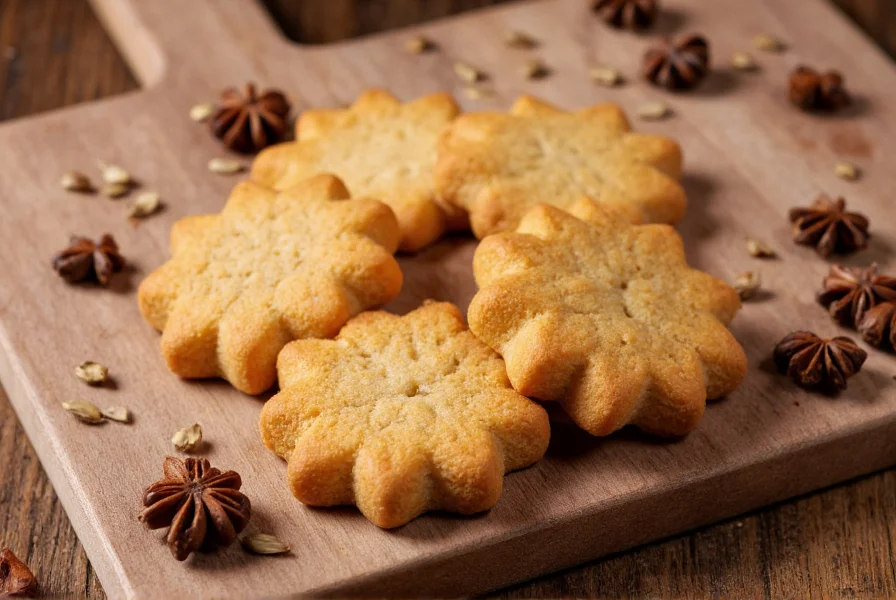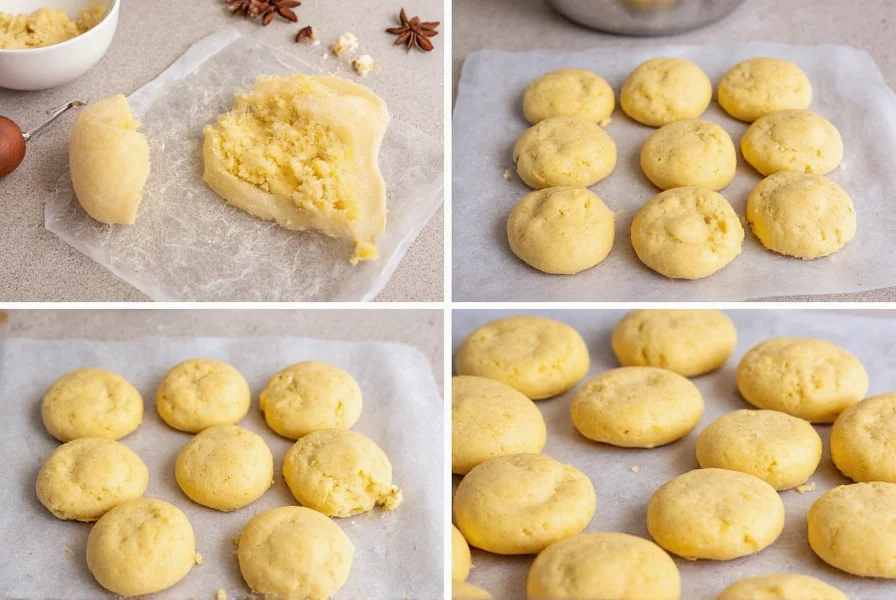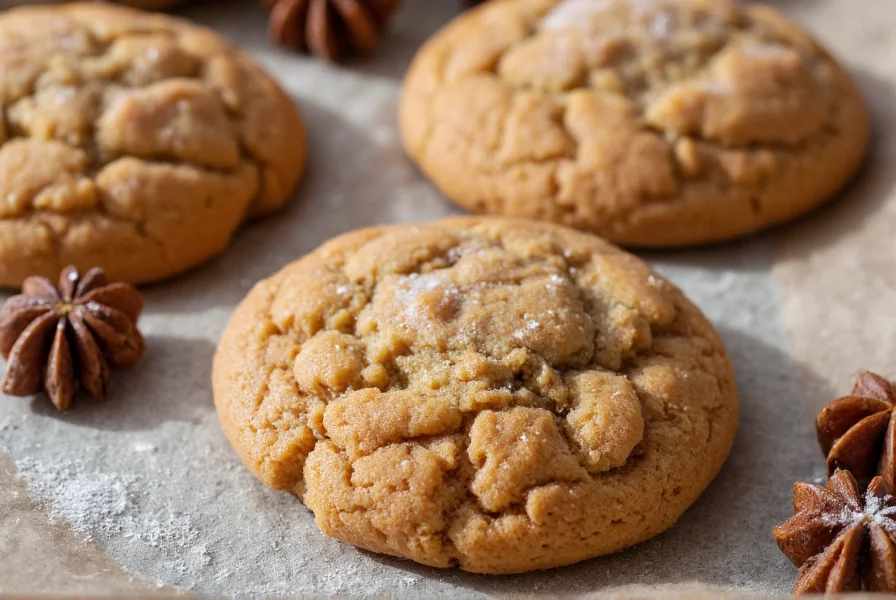If you've ever wondered how to make authentic anise cookies that capture the perfect balance of sweet and aromatic, you're in the right place. These traditional treats have been enjoyed across Mediterranean and European cultures for centuries, with each region adding its unique twist to the classic recipe.
The Cultural Significance of Anise Cookies
Anise cookies hold special meaning in many cultures. In Italy, they're known as "pizzelle" when made in special irons, while Greek "koulourakia" often feature anise flavoring. Spanish "mantecados" and Portuguese "bolo Rei" also incorporate this distinctive spice. The tradition of baking with anise dates back to ancient Egypt, where the spice was valued for both culinary and medicinal purposes.

Understanding Anise: The Secret Ingredient
Anise imparts a sweet, licorice-like flavor that works exceptionally well in baked goods. You can use either:
- Anise extract (more potent, use sparingly)
- Ground anise seeds (milder flavor)
- Whole anise seeds (adds texture)
- Anisette liqueur (for adult variations)
For the best anise flavor for baking, many experienced bakers recommend toasting whole seeds before grinding them. This simple step enhances the aromatic compounds and creates a more complex flavor profile in your traditional anise cookies recipe.
Perfect Anise Cookies Recipe
This tested recipe yields approximately 24 soft, flavorful cookies with the ideal anise balance:
| Ingredient | Measurement | Notes |
|---|---|---|
| All-purpose flour | 2 cups | Sifted for lighter texture |
| Unsalted butter | 1 cup (2 sticks) | Room temperature |
| Granulated sugar | 3/4 cup | Plus 2 tbsp for rolling |
| Eggs | 2 large | Room temperature |
| Anise extract | 2 teaspoons | Or 1 tbsp ground seeds |
| Baking powder | 1 teaspoon | Fresh for best rise |
| Salt | 1/4 teaspoon | Enhances flavor |
Step-by-Step Baking Instructions
- Cream butter and sugar until light and fluffy (about 3-4 minutes)
- Add eggs one at a time, mixing well after each addition
- Combine dry ingredients in separate bowl (flour, baking powder, salt)
- Mix dry ingredients into wet ingredients until just combined
- Stir in anise extract or ground seeds
- Chill dough for 1 hour (essential for proper texture)
- Preheat oven to 350°F (175°C)
- Roll dough into 1-inch balls, then roll in sugar
- Bake for 10-12 minutes until edges are lightly golden
- Cool on wire rack before serving
Pro Tips for Perfect Anise Cookies
Mastering the soft anise cookies technique requires attention to detail:
- Don't overbake - they'll continue cooking on the baking sheet
- Chill the dough thoroughly to prevent spreading
- Use quality anise - fresh extract or recently ground seeds
- Measure flour correctly - spoon and level, don't scoop
- Rotate pans halfway through baking for even cooking
Common Variations
Adapt this traditional anise cookies recipe to suit different dietary needs:
| Variation | Modification | Taste Notes |
|---|---|---|
| Gluten-free | Substitute 1:1 GF flour blend | Slightly denser but equally flavorful |
| Vegan | Use plant butter and flax eggs | Milder anise flavor, requires extra extract |
| Citrus twist | Add 1 tbsp orange zest | Brightens the anise flavor beautifully |
| Almond enhancement | Add 1/2 tsp almond extract | Creates marzipan-like complexity |

Troubleshooting Common Issues
Even experienced bakers encounter challenges with anise seed cookies. Here's how to solve common problems:
- Too dry/crumbly: Add 1-2 tsp milk or cream to dough
- Too flat: Ensure proper chilling time (at least 1 hour)
- Weak anise flavor: Increase extract by 1/2 tsp or toast seeds first
- Burning edges: Lower oven temperature by 25°F and extend baking time
- Hard texture: Don't overbake - remove when edges just turn golden
Serving and Storage Recommendations
For the best anise cookies experience, serve at room temperature with a warm beverage. They pair exceptionally well with coffee, espresso, or tea. Store in an airtight container at room temperature for up to 5 days, or freeze for up to 3 months. If freezing, place parchment between layers to prevent sticking.
Why Anise Works So Well in Cookies
The magic of anise in baking comes from its unique chemical composition. Anethole, the primary compound in anise, has a sweet, aromatic quality that intensifies when heated. Unlike artificial flavorings, real anise provides complex flavor notes that develop during baking. When combined with sugar and fat, anise creates a flavor profile that's simultaneously sweet, warm, and slightly spicy - perfect for cookie recipes that have stood the test of time.











 浙公网安备
33010002000092号
浙公网安备
33010002000092号 浙B2-20120091-4
浙B2-20120091-4